Integrating Kangaroo Meat into Healthy Recipes
10 min read Explore delicious, health-conscious ways to incorporate kangaroo meat into your culinary repertoire with innovative Australian-inspired dishes. July 27, 2025 09:05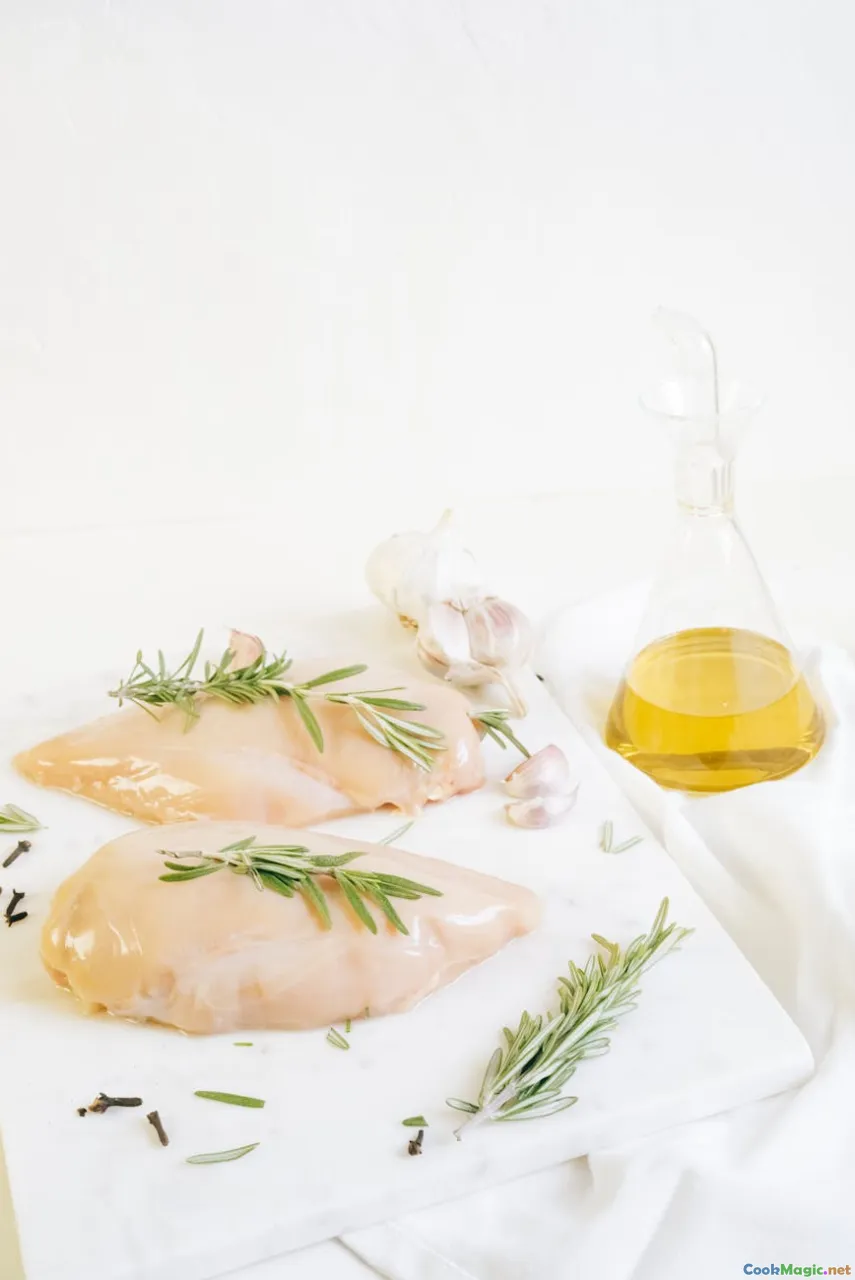
When I first traveled to the rugged heart of Australia, I was struck not just by the stunning outback vistas or the warm, welcoming locals, but by a particular ingredient that embodies the land’s wild, untouched spirit: kangaroo meat. Once mainly reserved for indigenous culinary traditions and specialized bushcookery, kangaroo has emerged onto global tables as a healthy, sustainable, and exquisitely flavorful protein that deserves a prominent place in innovative, health-conscious recipes.
Integrating kangaroo meat into contemporary, wholesome dishes unlocks a world of culinary possibilities. Its rich, gamey flavor, paired with a lean yet tender texture, can be transformed into dishes that honor Australian heritage while appealing to modern nutritional values. For chefs and home cooks alike, embracing kangaroo opens avenues for creativity, cultural storytelling, and health-conscious innovation.
A Cultural and Historical Perspective on Kangaroo Meat in Australia
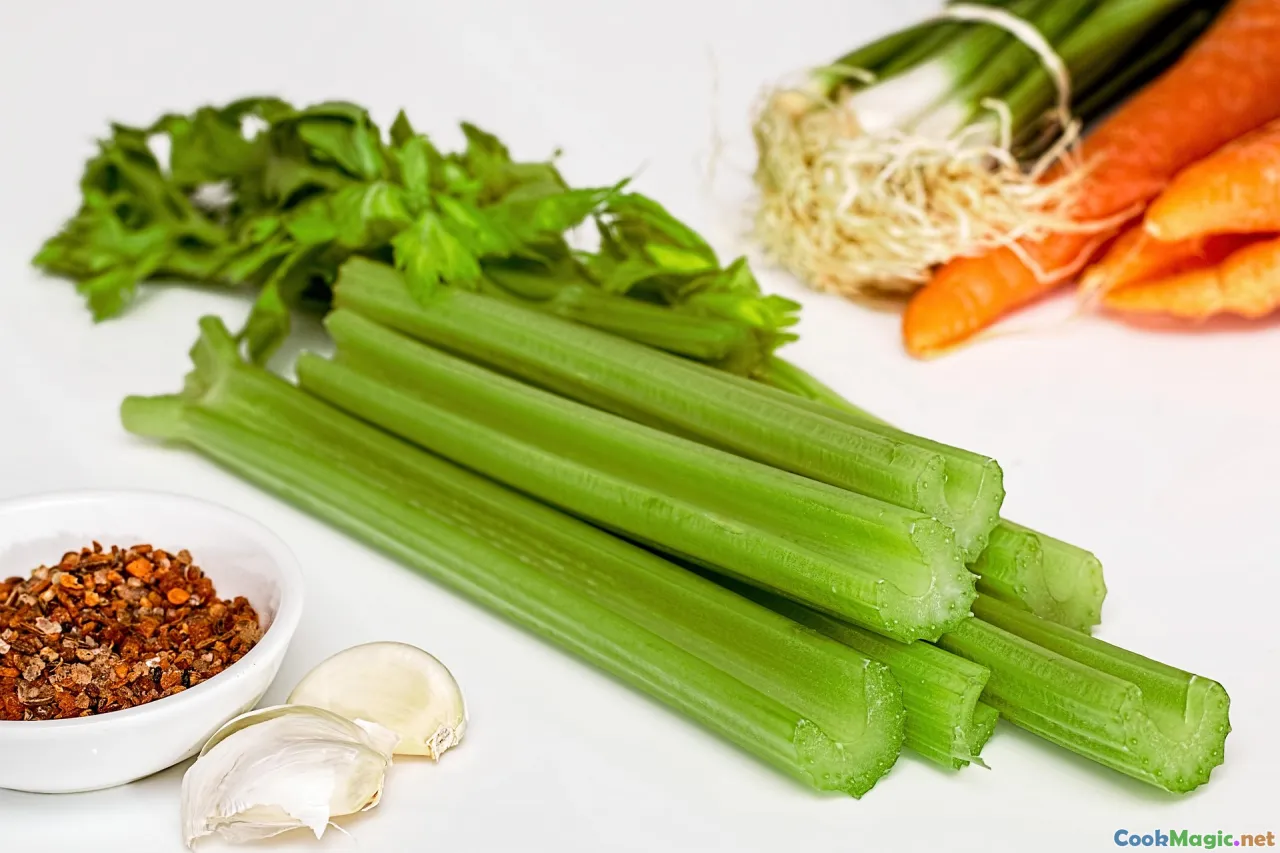
Kangaroo meat is woven into the fabric of Indigenous Australian diets for thousands of years. For the Aboriginal peoples, the kangaroo isn't just food; it's a spiritual connection to the land, a source of sustenance, and a symbol of resilience. Traditional harvesting techniques—such as hunting during seasonal migrations—are conducted with profound respect and knowledge passed down through generations.
Today, kangaroo is regarded not only as a traditional ingredient but as a sustainable and ethical choice, considering Australia’s kangaroo population is carefully managed through a licensing system designed to control numbers and protect ecosystems. This balance between tradition, conservation, and innovation makes kangaroo meat a compelling ingredient for chefs eager to embrace sustainable dining.
Nutritional Benefits and Health Potential
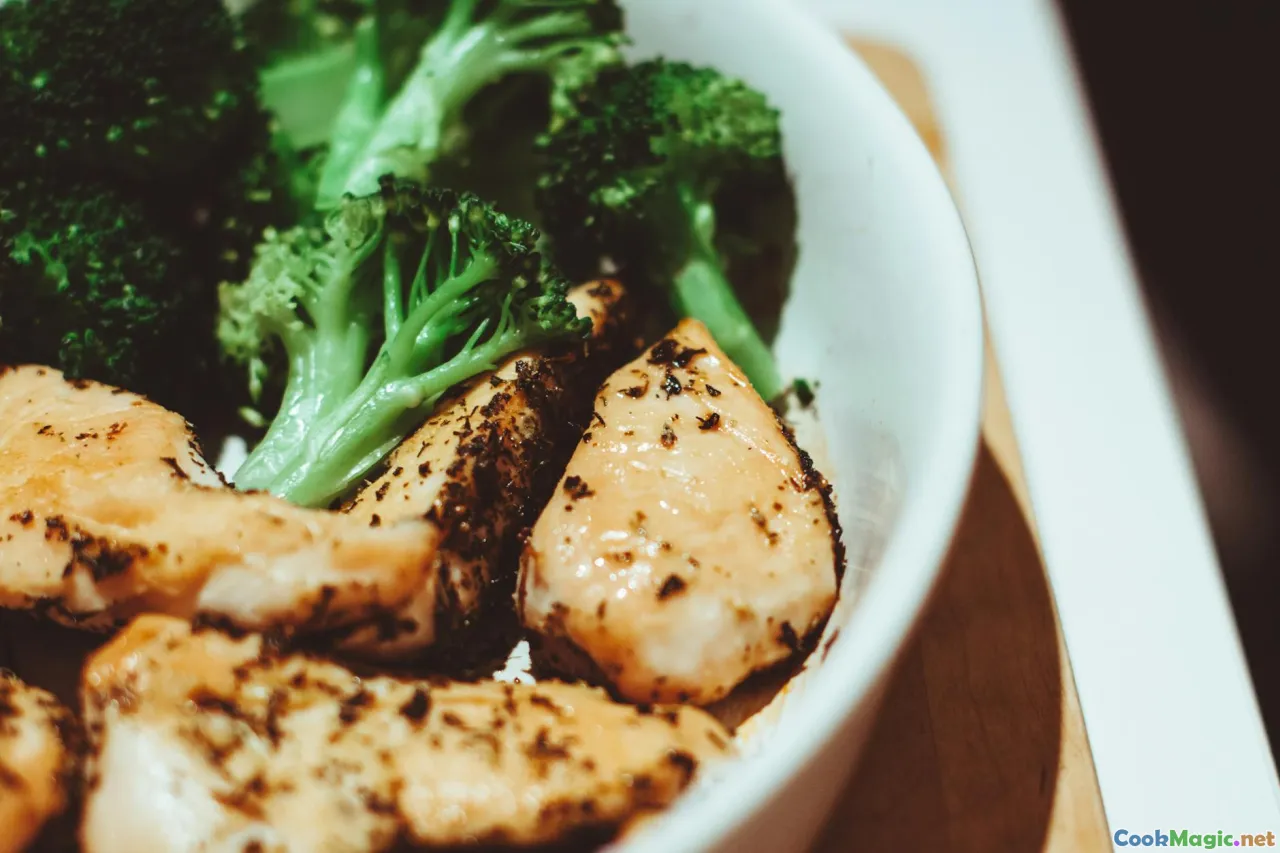
Kangaroo meat stands out as a nutritional powerhouse, often dubbed the leanest red meat available. It contains high levels of iron, zinc, and B-vitamins, vital for energy production, immune function, and cognitive health. Its low fat content, primarily just around 2-3 grams per 100 grams, makes it an ideal choice for those focused on maintaining a healthy weight or managing heart health.
Introducing kangaroo into your diet means you can enjoy rich flavors without the guilt associated with higher-fat meats. It also boasts a high-protein profile, essential for muscle repair and growth. From athletes seeking muscle-building meals to anyone striving for balanced nutrition, kangaroo offers a uniquely Australian, healthful option.
How to Prepare Kangaroo for Healthy, Flavorful Dishes
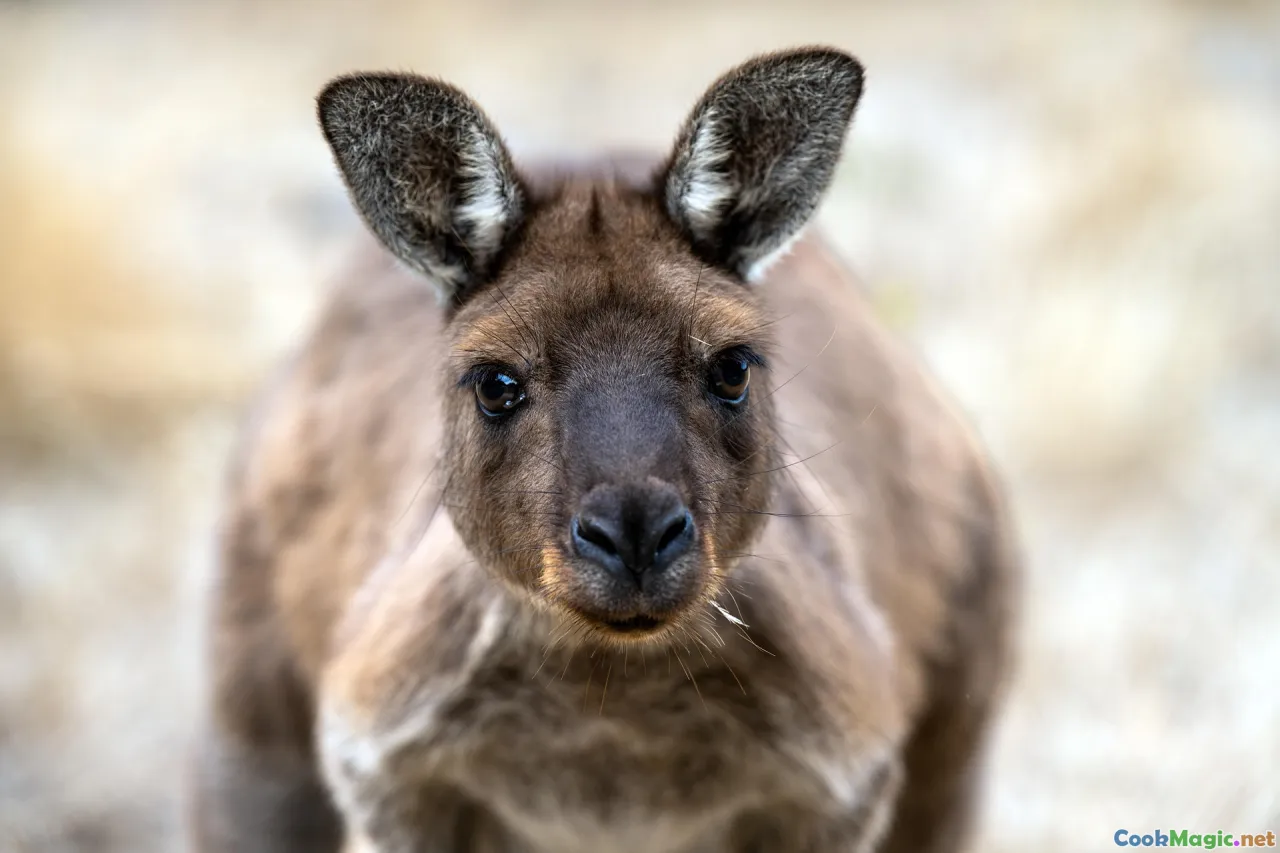
Preparing kangaroo meat requires a delicate touch to enhance its natural strength without overpowering it. Since the meat is quite lean, it best suits quick, high-heat methods—think grilling, pan-searing, or even sous vide for tender results.
Marination is a vital step; using ingredients like rosemary, garlic, lemon juice, and a splash of olive oil helps tenderize the meat while infusing it with complementary flavors. For example, marinate fillets in a mixture of crushed garlic, thyme, and a splash of red wine for at least two hours before cooking.
Avoid overcooking to prevent toughness—aim for medium-rare to maintain tenderness. Rest the meat for a few minutes before slicing to allow juices to redistribute. When cooked properly, kangaroo achieves a rich, beef-like complexity balanced with a slightly gamey undertone, offering a delightful sensory experience.
Healthy Kangaroo Recipes that Celebrate Australian Flavors
1. Kangaroo and Veggie Stir-Fry with Wattleseed Seasoning

This vibrant, fast-paced dish combines strips of lean kangaroo with crisp Australian greens—such as kale, bok choy, or snow peas—and native wattleseed, which imparts a nutty aroma reminiscent of toasted coffee. Cook the meat quickly over high heat, keeping it tender and juicy, then toss with stir-fried vegetables and a splash of tamari or soy sauce. Season with wattleseed powder for an authentic Australian aroma. Serve over steamed brown rice or quinoa for a complete, nutrient-dense meal.
2. Grilled Kangaroo Steaks with Bush Tomato Chutney
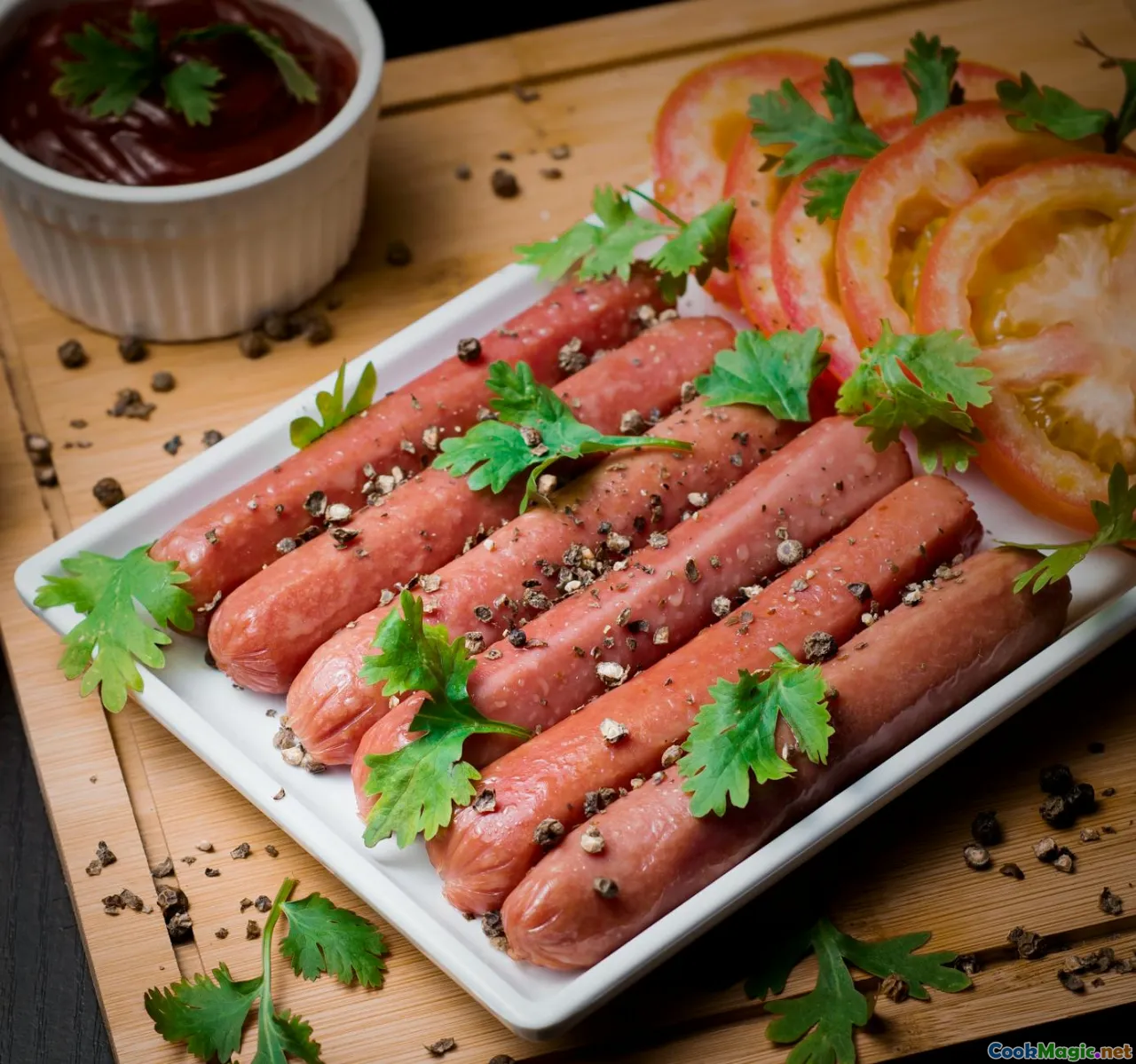
Grill marinated kangaroo steaks to medium-rare, achieving a beautiful char reminiscent of a bonfire under the Australian sky. The custom here is a tangy, sweet-and-spicy bush tomato chutney—made from native bush tomatoes—jazzing up the gamey flavor while offering a burst of native sweetness. Accompany with a side of roasted native vegetables or a simple green salad with lemon vinaigrette for a wholesome, antioxidant-rich plate.
3. Kangaroo Fillet with Rosella and Macadamia Purée

This dish is an elegant example of combining indigenous ingredients with lean kangaroo. Sear the fillet until desirable doneness, then serve atop a velvety purée made from roasted macadamia nuts blended with native rosella petals for tartness and vibrant color. Add sautéed wild greens or roasted sweet potatoes to complete the dish, celebrating Australia’s native flora and fauna.
Creative Tactics for Incorporating Kangaroo into Your Healthy Menu

- Use Mince for Versatility: Kangaroo mince is excellent for healthful alternatives to beef burgers or meatballs, incorporating oats and herbs to increase fiber and flavor.
- Make Skewers or Kebabs: Marinate chunks, skewer with native vegetables, and grill quickly—great for outdoor gatherings emphasizing wholesome, Australian flavors.
- Add to Stews and Soups: Slow-cooked with indigenous herbs such as lemon myrtle and bush thyme, kangaroo stew becomes a warming, nutrient-dense dish inviting storytelling at the dinner table.
- Incorporate into Salads and Wraps: Thinly sliced, grilled kangaroo pairs beautifully with crunchy greens, citrus slices, and native herbs, perfect for a light, protein-packed lunch.
Sustainability and Ethical Considerations

Choosing kangaroo as a sustainable protein aligns with environmental responsibility. Managed harvesting minimizes ecological impact, and the meat's low environmental footprint is commendable compared to traditional livestock. Emphasize sourcing from reputable suppliers who adhere to conservation licenses and ethical practices.
Moreover, embracing native Australian ingredients with kangaroo promotes cultural preservation and supports indigenous communities involved in local farming and traditional foodways.
Final Splash of Inspiration: Embracing Kangaroo in Your Culinary Adventure
Integrating kangaroo meat into healthy recipes isn’t merely a nod to Australian cuisine; it’s an opportunity to cherish a unique, nutritious, and sustainable ingredient that narrates the story of a land defined by resilience and connection to nature. From vibrant stir-fries adorned with native wattleseed to elegant fillets paired with wild Australian berries and herbs, kangaroo can elevate your menus and ignite a culinary dialogue steeped in cultural richness.
So, next time you’re contemplating ways to innovate with lean protein, think beyond the ordinary. Let the spirit of the Australian outback inspire your kitchen—experiment, respect tradition, and savor every bite of this extraordinary ingredient. Welcome to the vibrant world of Australian wild flavors—a place where health, heritage, and culinary curiosity converge beautifully.









